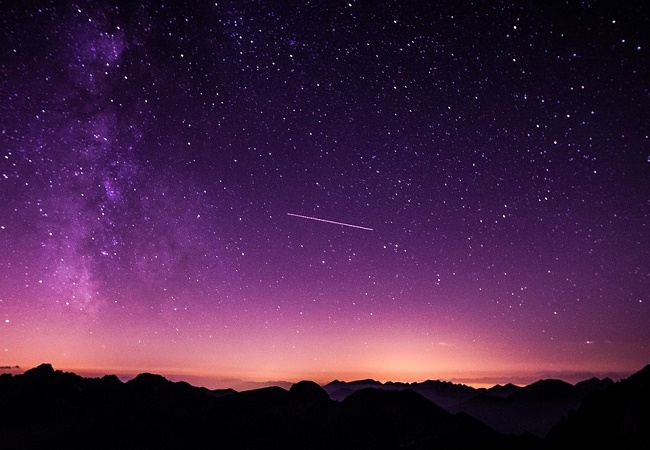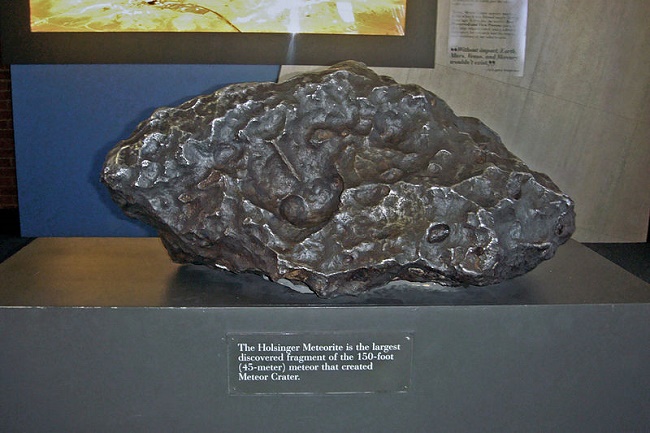The Science Behind a Shooting Star

Have you ever seen a shooting star? These streaks of light are cool to capture a glimpse of, but did you know they are actually not stars at all? Read on to discover some fascinating facts about these celestial wonders.
Vincentiu Solomon vincentiu, CC0, via Wikimedia Commons
“Shooting stars” are the result of Earth passing through the tail of a comet. In fact, there are several hundred known comets that traipse around our solar system. When Earth passes through the dust and debris left behind from a comet, we are more likely to see a falling star or a meteor (which is scientifically what it is called).
Meteor Facts
Meteors are small bits of dust or debris that has broken off of a larger space asteroid. When we see a meteor streak across the sky, this debris can actually be as small as a grain of sand. When it enters Earth’s atmosphere it begins to burn very brightly. This is what causes that brilliant, yet quick flash of light.
When’s the Best time to View Meteors?
Thanks to science we can now predict when the best time to view a meteor shower will be. There are several showings of meteors throughout the year. On the 16th & 17th of this month (November) the Leonids Meteor Shower will be putting on a show with around 15 meteors per-hour. The Leonids is being brought to us by the long-ago discovered (1865) comet called Tempel-Tuttle.
Mariordo (Mario Roberto Durán Ortiz), CC BY-SA 4.0, via Wikimedia Commons
9 Fun Facts About Meteors
- Meteors are produced by bits of rocks and ice being ejected from a comet as it moves in its orbit about the sun.
- A meteor that reaches the ground it is called a meteorite.
- Meteor showers get their names from the constellation from which they start. For example the Leonids meteor shower is in the constellation of Leo.
- Comets continuously eject material with each passage around the sun. This is why we can see many meteors in the night sky.
- There are approximately 30 meteor showers each year that are visible to us on Earth. Some of these showers have been around longer than 100 years. The Perseid meteor shower, (in August) was first observed about 2000 years ago and recorded in the Chinese annals.
- Meteors are sometimes observed with red, yellow or green trails. The colors are caused by the ionization of molecules.
- A fireball is a meteor that is brighter than the planet Venus.
- Radar indicates there are 12,000 meteors on a given night that are about the size of a piece of dust.
- The International Space Station has shielding to protect it from meteors up to an inch wide.
Are you ready to see some cool meteors? Then be sure to bundle up on the evenings of the 16th and 17th and get ready to watch the show. It’s going to be spectacular!
Want to read more cool articles? Check out Spooky Out-of-this-World Storms. You may just get “blown” away…
